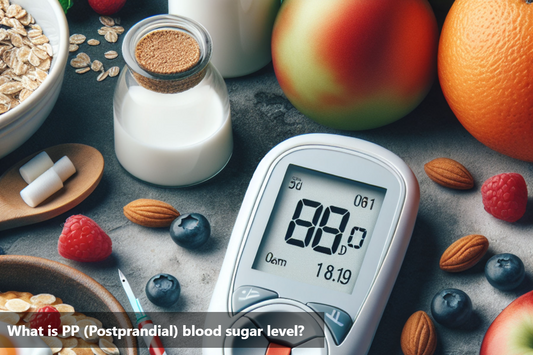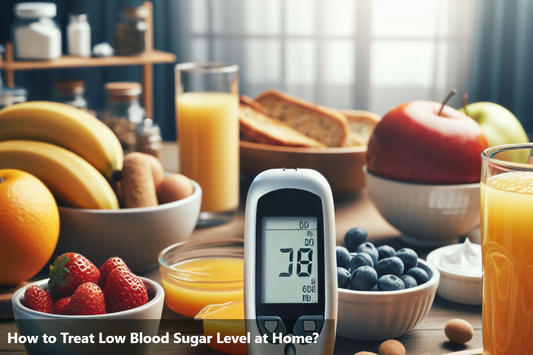Insulin is a hormone produced by the pancreas that helps regulate blood sugar levels in the body. It is an essential medication for individuals with diabetes as it allows the body to use glucose for energy. Insulin injections are commonly used by people with type 1 and type 2 diabetes to manage their condition effectively. The rising cost of insulin injections has become a concerning issue, with many individuals facing financial barriers to access this life-saving medication.
Due to the increasing prices of insulin, individuals are struggling to afford their prescribed doses, leading to detrimental health consequences. The financial burden placed on patients and families due to the high cost of insulin has sparked debates and calls for action to address this issue. It is crucial to raise awareness about the challenges faced by those who rely on insulin to survive and the necessity of making this medication accessible and affordable for all.
Factors Affecting Insulin Price
The price of insulin can be influenced by various factors, including but not limited to:
-
Manufacturing Costs: The production and manufacturing process of insulin involves complex procedures and technology. Factors such as raw material costs, labor costs, equipment, research and development expenses, and quality control measures can affect the manufacturing costs of insulin.
-
Patents and Intellectual Property Rights: Pharmaceutical companies often hold patents and intellectual property rights for specific types of insulin formulations. This can lead to limited competition in the market, allowing manufacturers to set higher prices for their insulin products.
-
Market Demand and Supply: The demand for insulin is influenced by factors such as the prevalence of diabetes, population growth, aging demographics, and changes in lifestyle and dietary habits. Limited supply or disruptions in production can lead to fluctuations in insulin prices.
-
Regulatory Requirements: Government regulations and policies, including drug approval processes, safety standards, and pricing regulations, can impact the availability and pricing of insulin products. Regulatory requirements may vary by country or region, affecting market dynamics and pricing strategies.
-
Healthcare System and Insurance Coverage: Access to affordable insulin is influenced by healthcare systems, insurance coverage, and reimbursement policies. In countries with universal healthcare or comprehensive insurance coverage, patients may have better access to affordable insulin. Conversely, in countries with fragmented healthcare systems or limited insurance coverage, patients may face higher out-of-pocket costs for insulin.
-
Generic Competition: The entry of generic versions of insulin into the market can increase competition and lead to lower prices. However, the development and approval process for generic insulin products can be complex and time-consuming, impacting the timing and extent of price reductions.
-
Distribution and Supply Chain Costs: The distribution and supply chain infrastructure for insulin, including transportation, storage, and distribution networks, can contribute to the overall cost of insulin. Factors such as logistics, handling fees, and storage requirements can affect pricing at different stages of the supply chain.
-
Research and Development Investments: Pharmaceutical companies invest significant resources in research and development (R&D) to develop new insulin formulations, delivery devices, and technologies. These R&D investments contribute to the overall cost structure of insulin products and may influence pricing decisions.
-
International Trade and Trade Agreements: Insulin prices can be influenced by international trade agreements, tariffs, and trade policies. Global trade dynamics, currency fluctuations, and import/export regulations can impact the cost of insulin products in different markets.
-
Public Awareness and Advocacy Efforts: Public awareness campaigns, patient advocacy efforts, and policy initiatives aimed at addressing insulin affordability and accessibility can influence public discourse and policy decisions related to insulin pricing and access.
Average Cost of Insulin Injections
The normal cost of insulin shots can change a lot depending on things like the kind of insulin, how much you need, brand, where you get it, healthcare coverage, and how you buy it. Here are some rough ideas of the normal cost of insulin shots in the United States:
-
Old-style Insulin (like Regular and NPH): On average, a bottle of old-style insulin (like Regular or NPH insulin) can cost between \$25 to \$100 per bottle if you don’t have insurance.
For people with insurance, what you pay can change based on things like deductibles, copays, and limits.
-
Middle-length-Acting Insulin (like Humulin N, Novolin N): The normal cost of middle-length-acting insulin shots can be between $25 to $100 per bottle without insurance.
Even with insurance, you might still need to pay some money, like copays or coinsurance.
-
Fast-Acting Insulin Copies (like Humalog, NovoLog, and Apidra): Fast-acting insulin copies are new versions made to act more like the body’s own insulin.
The normal cost of fast-acting insulin copies can be between $175 to $300 or more per bottle if you don’t have insurance.
With insurance, the costs could be less, but you might still have to pay something like copays or coinsurance.
-
Long-Lasting Insulin Copies (like Lantus, Levemir, Toujeo, and Tresiba): Long-lasting insulin copies give basal insulin over a long time, often for 24 hours or more.
The normal cost of long-lasting insulin copies can be between $200 to $400 or more per bottle without insurance.
If you have insurance, the amount you pay could be different depending on the medicine, how much you take, and your insurance plan.
-
Insulin Pens: Insulin pens are an easy-to-use way to take insulin, especially for people who like a pre-filled device.
The normal cost of insulin pens can be between \$30 to \$70 or more per pen without insurance. Each pen has many doses. With insurance, you might have to pay less for insulin pens, but you could still need to pay things like copays or coinsurance.
Affordability and Accessibility Issues
Many people face problems because they can't pay for insulin injections. The cost of insulin keeps getting higher, making it hard for many people to get enough to manage their diabetes. People who can't afford insulin have to choose between buying insulin and getting other things they need, which is really tough. This tough decision can lead to people not taking enough insulin or missing their injections, which can be really bad for their health. Since affordable insulin options are hard to find, people may have to make choices that could hurt their health. If people skip insulin doses, their blood sugar levels can become unstable, which can lead to serious problems and even hospital stays. It's really important to find solutions that make insulin affordable and easy to get so that people can manage their diabetes well and stay healthy. Policymakers, healthcare providers, and drug companies need to work together to find long-lasting solutions that make insulin affordable and available to everyone who needs it. By making affordability and access a priority, we can work towards a future where no one has to risk their health because they can't afford insulin.
Conclusion
Starting with the rising cost of insulin injections, it is evident that many individuals face difficulties in accessing this crucial medication due to financial constraints. Factors such as brand, type, dosage, insurance coverage, and location play significant roles in determining the price of insulin, making it unaffordable for some.
It is essential to acknowledge the impact of high insulin prices on individuals who may resort to rationing or skipping doses to cope with the financial burden. Such actions can have severe consequences on their health and well-being.
To ensure better health outcomes for all, addressing the affordability and accessibility issues surrounding insulin prices is imperative. This includes advocating for transparent pricing, exploring generic alternatives, and improving insurance coverage for insulin products.
DiabeSmart is the first food range exclusively crafted for diabetics. Enjoy clinically tested, delicious products that let you keep your favorite food habits while managing your blood sugar levels effortlessly.
This Blog post is an initiative by DiabeSmart, to provide accurate and Nutritionist / Doctor approved information related to Diabetes. DiabeSmart is India's first Food brand designed specifically for Diabetics, that has been clinically tested on Diabetics and Pre-Diabetics to deliver 55% - 70% lower Sugar spikes. DiabeSmart is part of Lo! Foods - India's leading brand for Everyday Functional Health foods.















